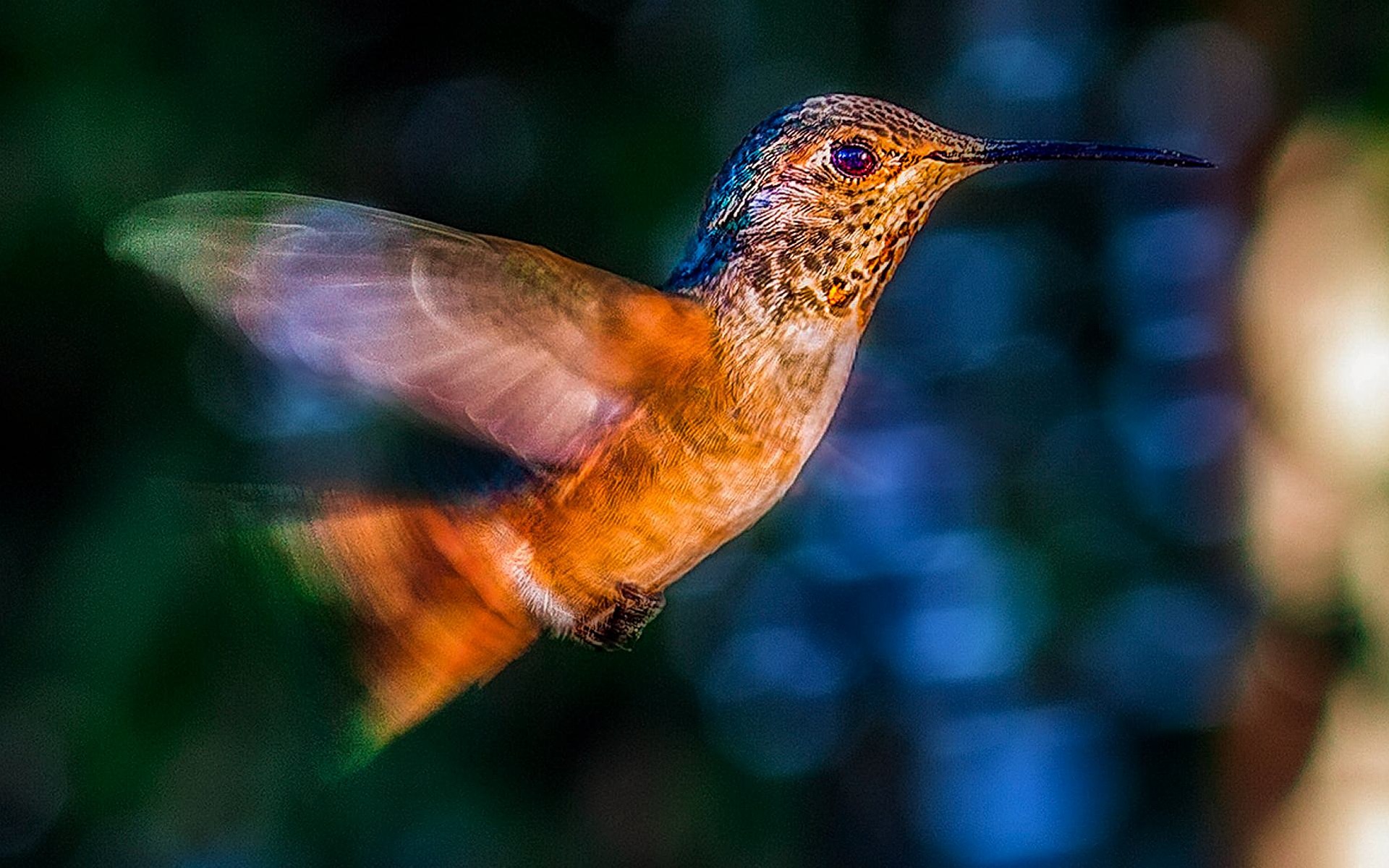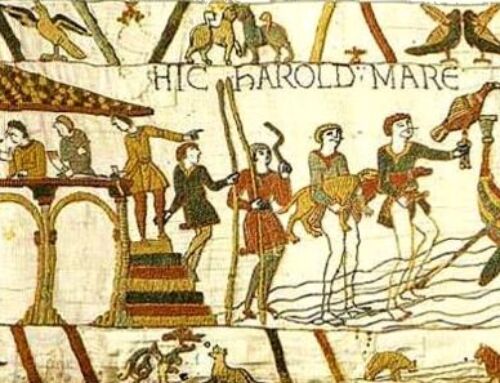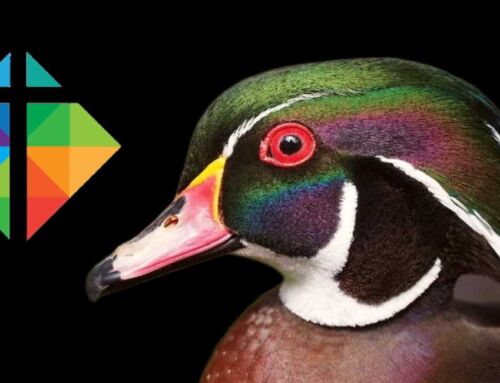“I think Mother Nature was trying to create one tiny perfect jewel, and she got it perfectly right.” ~The Hummingbird Whisperer
The video below will be the most delightful two minutes you will spend today.
It features a charming French lady who is sometimes called, “that crazy hummingbird lady” or, more commonly, “the hummingbird whisperer”. She has a passion for the little birds that is simply contagious.
To set the stage, let’s look at a few facts about these micro-marvels of nature.
Unique in the natural world
As a species, hummingbirds are a singularity. There is nothing like them in nature, or even in the world of birds.
Unlike other birds whose wings grow diagonally downward from their bodies (imitated by most airplane wings), the hummingbird’s wings stick straight out from their bodies and rotate at the shoulder – they don’t flap up and down – which allows them a helicopter-like mobility other birds can’t even begin to imitate.
They are the only birds that can stay stationary in flight, fly forwards and backwards and even upside down! They can fly in any weather and apparently love flying around in the rain. They are so versatile that they can rotate like a ballet dancer suspended in mid-air.
In a BBC documentary about them, famous commentator David Attenboro calls them “the ultimate aerial acrobats.” Without a doubt.
Their wings beat eighty times per second, and they can stay airborne for as long as two hours. However, they also spend about 80% of their days perched. Resting? I guess I would too if my arms got a workout like that.
Metabolism
“Look at the birds of the air. They don’t sow or spin yet not one of them drops to the ground without your father knowing” (Matthew 6:26).
Hummingbirds need to feed every fifteen minutes because their metabolism is so high that starvation is only hours away for them on any given day. As I noted elsewhere,
the hummingbird’s ability to process energy would be impossible to sustain if it were human. An average size man would literally burn up in one hour if he had the kind of energy-burning metabolism of this little bird who could easily fit into the curve of a spoon. The man would also need to eat 285 pounds of food a day just to supply that energy!
They consume their body weight each day (some eat several times their weight daily), and their preferred food is nectar from flowers. They also have a keen sense of where to find it and don’t waste time visiting flowers without nectar. Their amazing little brains can even remember the flowers they visit, even though that number can be as high as a thousand a day.
They can’t live on nectar alone, though. They get protein by eating insects, usually snatching them out of thin air.
All this is to support a metabolism that never stops for their average seven-year life span. It is so high that their tiny hearts beat 400 times per minute and as high as 1200 times per minute while in flight. Just incredible!
Amazing survival skills
But is this metabolic intensity a problem for the times when they can’t feed themselves (such as during sleep)? Not at all. God took care of that little detail too.
In order to stay alive at night, they go into a kind of coma with a severely reduced metabolic rate. During sleep mode their bodies consume 1/100th of the energy they do while flying.
They are also fierce warriors, defending their flowers in incredible airborne gladiatorial contests against other hummingbirds. And because they are so small, they are in constant danger of other larger animals and birds who would like to make a tasty meal of them.
They also have an inherent fear of wasps and bees as natural predators because they are too small to risk being stung. A good insect sting could be fatal.
One clever little guy, the Woodstar hummingbird, looks and flies so much like an insect that the bigger hummingbirds don’t attack him! He’s free to roam around in any other hummingbird’s territory as he wishes.
That’s called using your natural assets to your greatest advantage.
Marvels of nature
And their appearances? Colors! Colors! Colors! Attenboro says their feathers are “extravagantly iridescent”, which will be evident from some of the close-ups you’ll see on the video(s) below.
But this brilliant iridescence is not produced by pigmentation, which is the primary source of coloring in animals and birds. Instead, it is produced by layers of microscopic air bubbles in the feathers that reflect light.
This is why hummingbirds can seem to “flash” color when they appear, hide their color in a second, switch it on and off, glow brilliantly one minute, and then tone it down the next. Their coloring functions like a hologram picture changing in hue depending on the angle from which you view it.
And did you know that the hummingbird’s nest is the size of a golf ball, and its eggs are the size of kidney beans? Now that’s cute!
There is so much more to say about these little marvels of nature, but I intended only to offer a few facts as an entrée to the video below. I added a second short video for good measure. They are both marvelous windows into one of nature’s most fascinating creatures.
We can do no better than to end with the exuberant words of The Hummingbird Whisperer herself:
“Every day, having a crappy day? Who cares? Hummingbirds! Having a good day? Make it even better – hummingbirds! I mean look at them? It just…it makes you happy!”
The Hummingbird Whisperer (duration, 2:22)
Meet the Smallest Bird on Earth (duration: 3:12)

Soul Work
The tiniest birds on the face of the earth offer a lesson for all of us: it is the combination of their struggle for daily survival and their immense beauty.
In a spiritual sense, I believe there is a close relationship between the effort required to stay above the problems of life (virtue and responsibility) and the beauty such efforts naturally produce in a soul. Hummingbirds have their beauty by nature. Some humans have beauty by nature, but most of us express beauty through virtue.
A certain beauty or graciousness flowers in a soul that lives up to the challenges of life and strives for inner virtue. Mother Teresa was not gifted with natural beauty, but her inner beauty was acknowledged by anyone who met her.
Today, rededicate yourself to the hummingbird’s “struggle” to stay true to your nature, your commitments, and the ongoing demands of your natural and spiritual growth. Those of us who may not have been gifted with great natural resources can show colorful virtue to the world and make it, as the Hummingbird Whisperer says, a happier place for all.
———-
Source: BBC documentary, Hummingbirds: Jeweled Messengers (2012), by David Attenborough.




I visited my sister in Sedona Arizona and was amazed to see so many humming birds . Many peoples there have feeders for the humming birds .